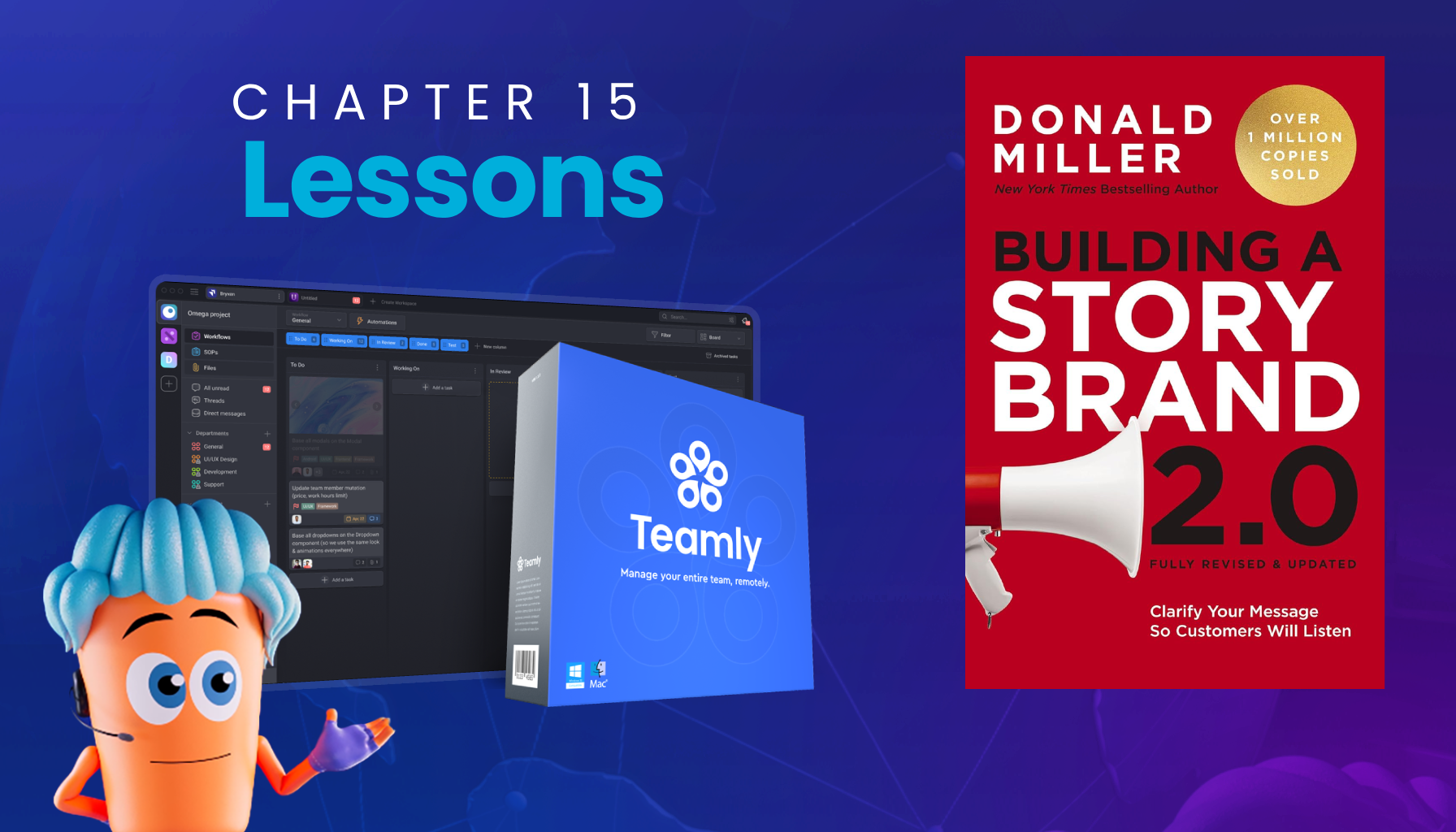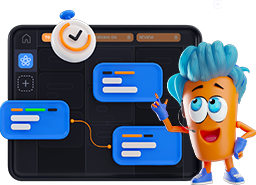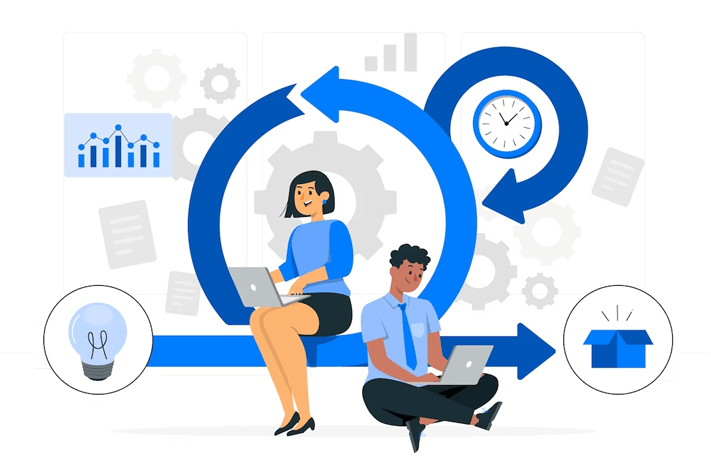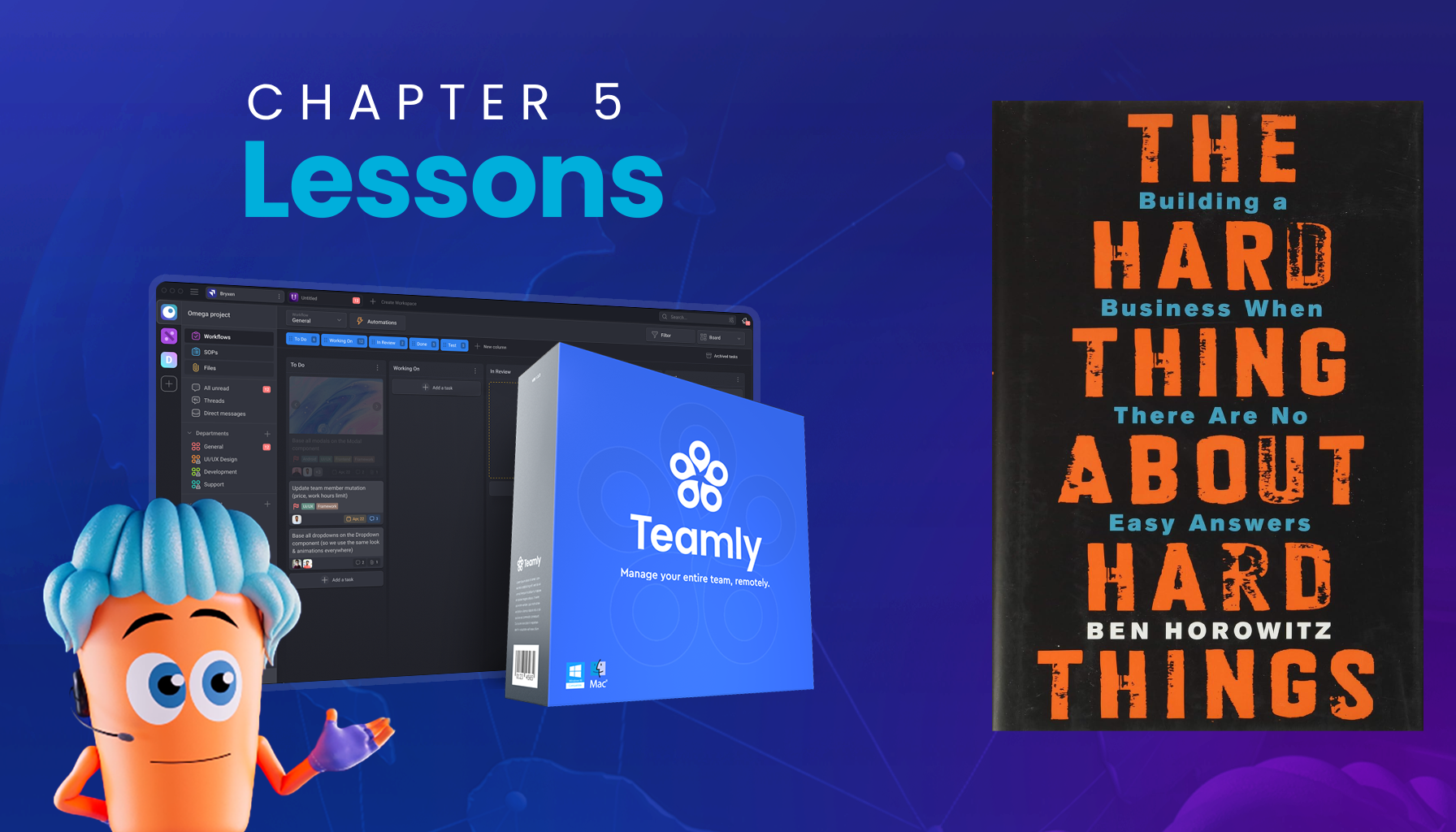
Click the button to start reading
Key Lessons from Building a StoryBrand 2.0: Chapter 15
Chapter 15 of Building a StoryBrand 2.0 lays out a clear blueprint for transforming any marketing initiative.
It cuts through clutter by introducing a seven-step StoryBrand Messaging and Marketing Campaign, starting with the all-important BrandScript and culminating in a referral system that helps loyal customers spread the word.
Each step emphasizes clarity and consistency, ensuring that prospects and customers fully understand a brand’s promise. Below is a deep dive into these seven steps and the key insights from the chapter.

1. Begin with a Compelling BrandScript
A BrandScript is the foundational framework presented earlier in the book, but Chapter 15 expands on how to apply it within a larger marketing system.
Once that script is complete, each subsequent step in the marketing campaign remains laser-focused on a clear, customer-centric message:
- Problem: Identify the customer’s primary pain point.
- Solution: Show how the product or service resolves that pain.
- Success: Paint a picture of life after the problem is solved.
This structure sets the tone for everything that follows, from website copy to emails and referral programs.
2. Create a Landing Page That Captivates
Once the message is honed, the next step is to frame that story for the web. Chapter 15 recommends a landing page (or complete website) wireframe with specific sections:
- Header: A clear, direct statement of what’s being offered.
- Stakes: Emphasize the pain of ignoring the problem (to hook viewers).
- Value Proposition: Outline the positive results customers can expect.
- Guide: Present the business as a supportive mentor rather than a hero.
- Plan: Show a short step-by-step path to get started or overcome resistance.
- Explanatory Paragraph: Provide essential details for those seeking more info.
- Lead Generator Ad: Highlight an incentive (PDF, webinar, etc.) in exchange for contact info.
- “Junk Drawer” Footer: Keep any extra links or info at the bottom so the main page stays clear.
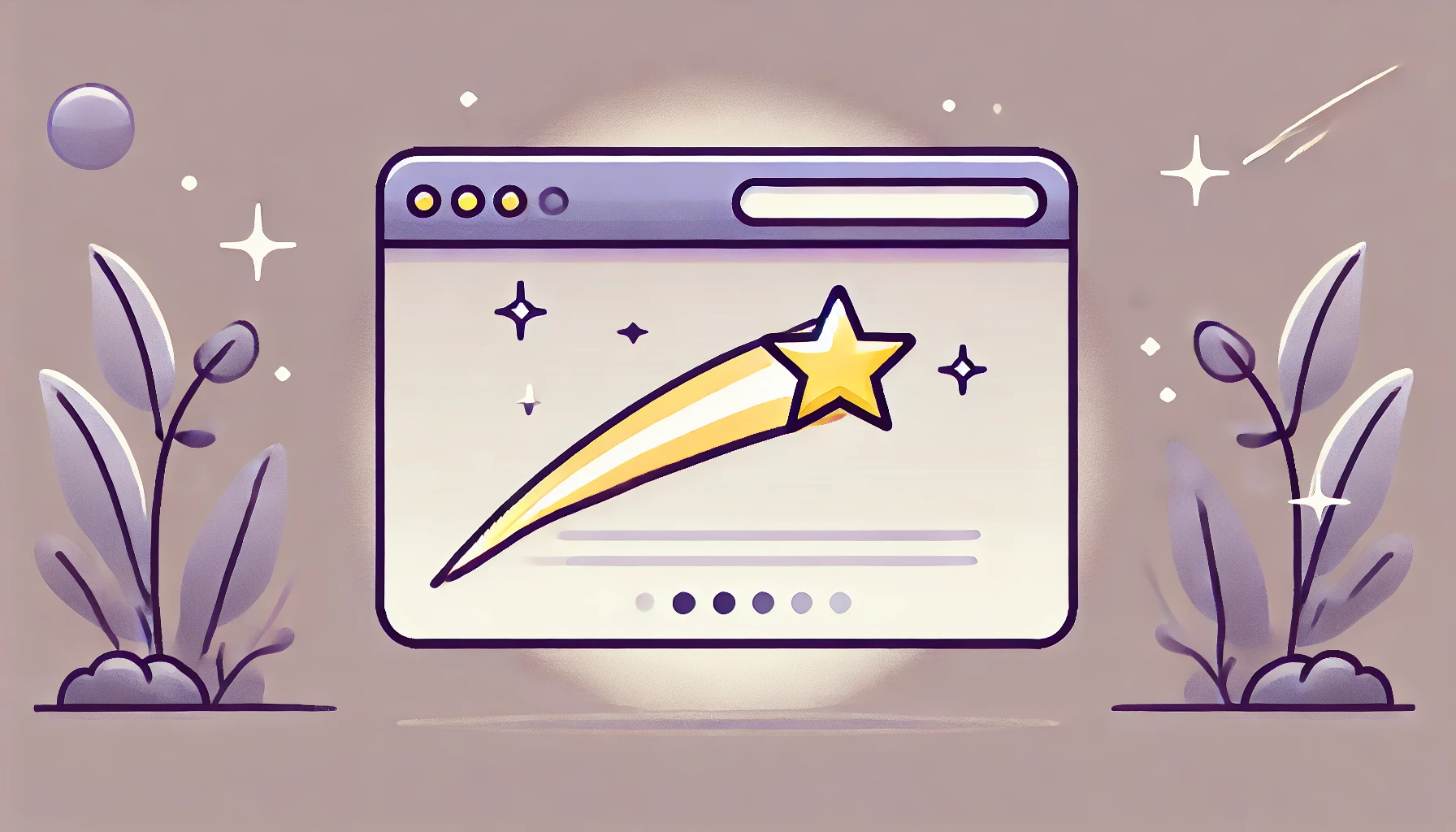
3. Offer a Lead Generator to Build Trust and Capture Contacts
Generating leads is essential to any campaign, and this chapter defines lead generators as valuable resources given away in exchange for a prospective customer’s email or phone number. Effective lead magnets include:
- Downloadable Guides: Concise PDFs offering tips, checklists, or recipes.
- Online Courses or Webinars: Showcase expertise while building credibility.
- Software Demos or Free Trials: Invite customers to experience the solution firsthand.
- Free Samples: Ideal for food or product-based industries that can easily ship samples.
- Live Events: Workshops, classes, or open-houses that build a local or online community.
These resources must be genuinely helpful. When crafted well, they establish authority, build reciprocal trust, and naturally lead into the next steps of an automated follow-up sequence.
4. Automate Follow-Up Through Email and Text Drip Campaigns
Chapter 15 stresses the importance of staying top-of-mind after someone has shown initial interest. An automated email or text “drip” campaign is key. Once prospects receive the lead generator, they enter a sequence of messages that might look like this:
- Nurture Email #1: Provide valuable content about the customer’s problem.
- Nurture Email #2: Offer additional guidance or a helpful tip.
- Nurture Email #3: Continue empathizing with the customer’s challenges.
- Sales Email #4: Present a clear call-to-action to purchase, sign up, or schedule a call.
This pattern can repeat monthly, ensuring consistent engagement over the long term.
Many brands, including Teamly software, leverage automated sequences to educate leads about benefits and features, only occasionally peppering in direct sales offers.
By keeping the ratio weighted toward value-added communication, the final sales pitch feels earned and welcome.
5. Tell Stories of Transformation Through Testimonials
Nothing conveys credibility like a real-world success story. Chapter 15 encourages collecting “transformation stories” from satisfied customers. Rather than generic praise (“Great service!”), testimonials should follow a specific arc:
- Problem: What was the customer struggling with?
- Frustration: How did that struggle feel?
- Breakthrough: What made this product or service stand out?
- Resolution: When was it clear that the solution really worked?
- Life Now: What does success look like post-transformation?
This narrative structure allows prospects to envision their own journey. By weaving these transformation stories into emails, landing pages, or live presentations, brands paint a vivid picture of how life changes once a solution is at hand.
6. Use Offer Emails to Drive Action
While most automated emails should nurture and educate, the chapter also shows how to create a direct offer email. This message typically arises after several nurturing touches. The four-paragraph framework is:
- Address the customer’s problem.
- Present the product or service as the solution.
- Illustrate the improved life they’ll enjoy after saying “yes.”
- Reassure them it’s the right move. Provide pricing, any limited-time discounts, and ask for the sale.
By introducing the product this way, the brand shows empathy first—then reveals the solution. Readers feel both understood and motivated to act.

7. Create a Referral System
Chapter 15 closes with a focus on turning happy customers into enthusiastic promoters. Referrals are often the highest-converting marketing channel, yet many businesses rely on them passively. A better approach involves creating a formal referral system:
- Identify Existing Superfans: Pinpoint loyal customers who already love the brand.
- Offer a Unique Incentive: Provide a distinct link or code. Encourage them to share it with their circle in exchange for a reward.
- Equip Customers with Content: Supply a short video, PDF, or email template they can pass along. This addition makes referrals more natural and less awkward.
- Automate the Process: Use CRM platforms (like Keap) to send referral prompts after a purchase. Include reminders, a helpful piece of content, and a link for easy sharing.
This method transforms satisfied customers into a mini salesforce. Examples highlighted in the chapter—such as “100% Refund for Three New Referrals,” “Invite-a-Friend Coupons,” and “Open-House Parties”—illustrate that creativity and a meaningful reward can expand a brand’s reach exponentially.
Final Thoughts on Chapter 15’s Marketing Blueprint
The storyline is simple yet robust: start with a clear BrandScript, develop a compelling landing page, entice leads with a valuable resource, nurture them via automated campaigns, showcase real transformations, and strategically ask for referrals.
Each step builds on the last to craft a cohesive marketing approach that resonates with customers at every touchpoint.
The chapter’s guidance ensures that, rather than leaving messaging to chance, each brand statement is deliberate and cohesive.
This structured framework helps marketers in two key ways.
First, it streamlines the process of customer acquisition by handling outreach and follow-up automatically, freeing teams to focus on product excellence.
Second, it systematically harnesses satisfied customers’ enthusiasm with an approach that’s easy to share and rewarding to act on. The result is a cycle of clarity, engagement, and loyalty.
The next move is to put these insights into practice. A quick checklist might include:
- Refining the one-liner (including the problem, solution, and result).
- Revamping the landing page with strategic sections and strong calls to action.
- Crafting a lead magnet that speaks to core pain points.
- Building a drip campaign that mixes nurture emails with timely sales prompts.
- Gathering powerful testimonials and embedding them in communications.
- Inviting existing customers to spread the word through a referral bonus or “friends and family” discount.
Chapter 15 reveals that these simple, purposeful steps are surprisingly potent. Each one keeps the customer engaged and clarifies the path to purchase, which results in robust growth.
Ready to see how these marketing steps come together in a broader framework? A copy of Building a StoryBrand 2.0 can provide the complete playbook. Get it here: Building a StoryBrand 2.0 on Amazon.

